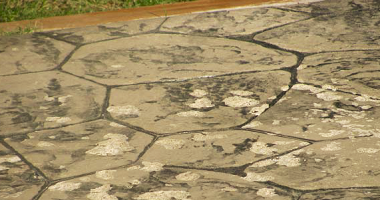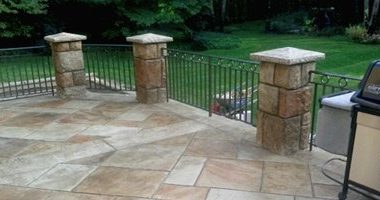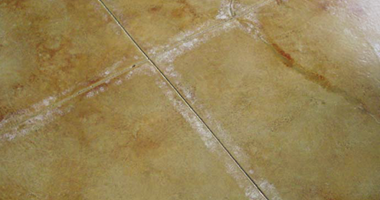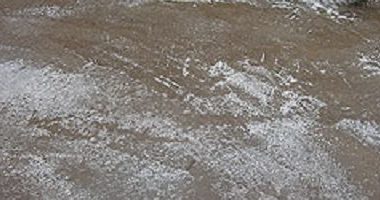Heat is the universal catalyst. Apply heat and things tend to happen faster. Consider what happened the last time you accidentally grabbed a hot plate. I am sure your speed increased dramatically as you looked for a place to put the plate down. The same thing happens with sealers at the molecular level when the temperatures go up.
Author: Chris Sullivan
Sorting Out Responsibility When New Work Fails
When a problem occurs with a recently installed decorative concrete job, who is responsible? I understand that this is a loaded question, and there are lots of factors to consider, but the question still stands.
Trends and Problems in a Weak Decorative Concrete Economy
Today’s trend has less to do with any certain product and more to do with a weak economy and saving money. Just like people are finding ways to make their cars go another year to save money, so too are they are looking for ways to make their existing concrete work another year.
Porosity, Penetration and Adhesion of Decorative Concrete Finishes
The world we live and work in moves so fast, just going through the motions seems to have become the norm. Taking time to really understand how or why a product works is not even on the radar screen.
When Cold Temperatures Affect Sealers
As we transition from fall to winter, the days get shorter, the leaves fall into the concrete we are trying to finish, and the temperatures start dropping. The concrete blankets come out and cold-weather concrete practices start to take place. The changes in how concrete is placed should also trigger changes in how sealers are applied.
Four Easy Tips for Sealing Decorative Concrete
Decorative sealers are designed to provide a wide range of benefits. The top two are always protection and color enhancement. Safety, appearance, and performance (SAP) should be considered when determining what decorative sealer system to use.















